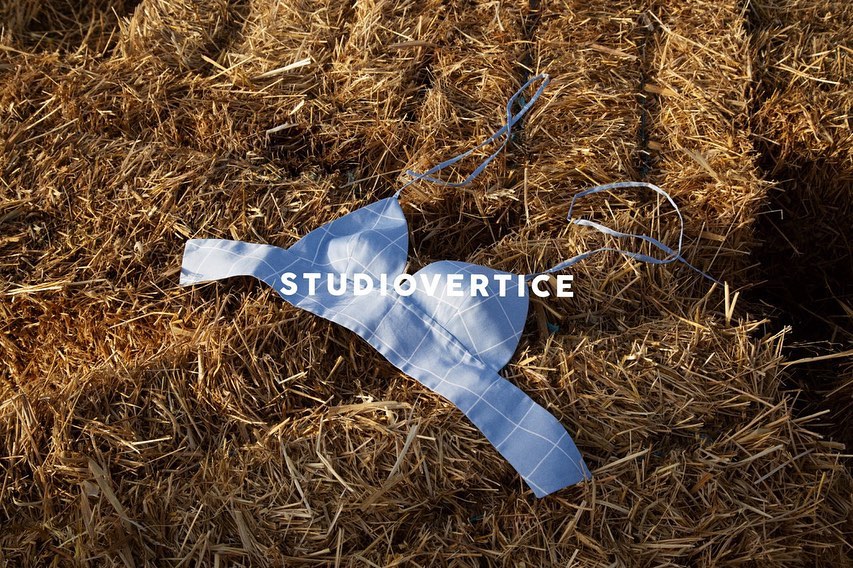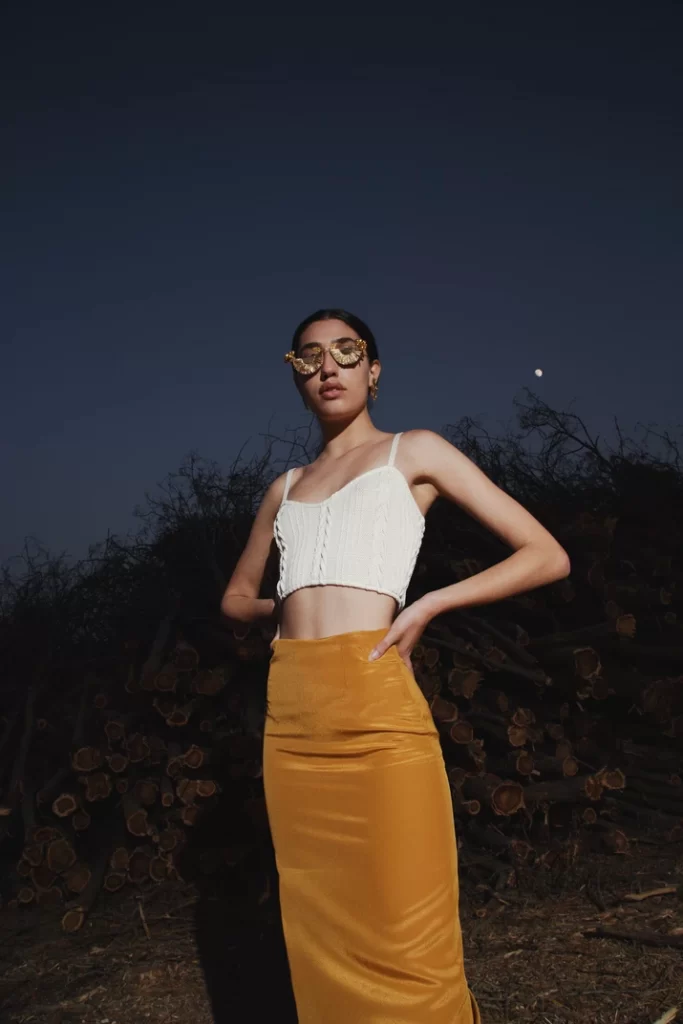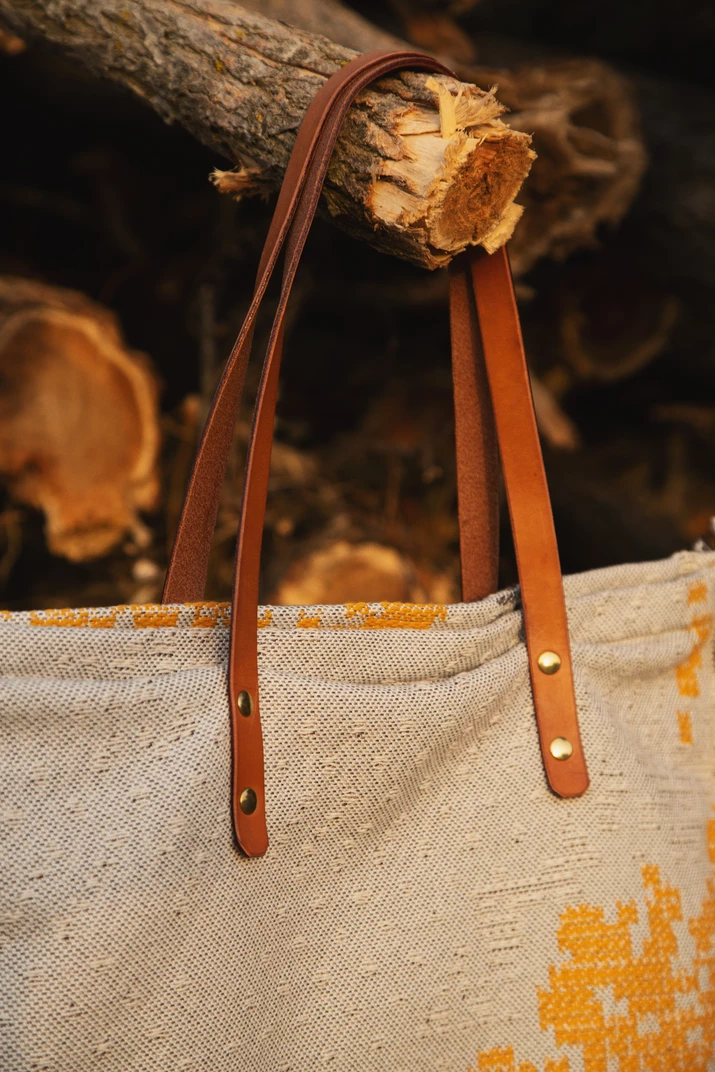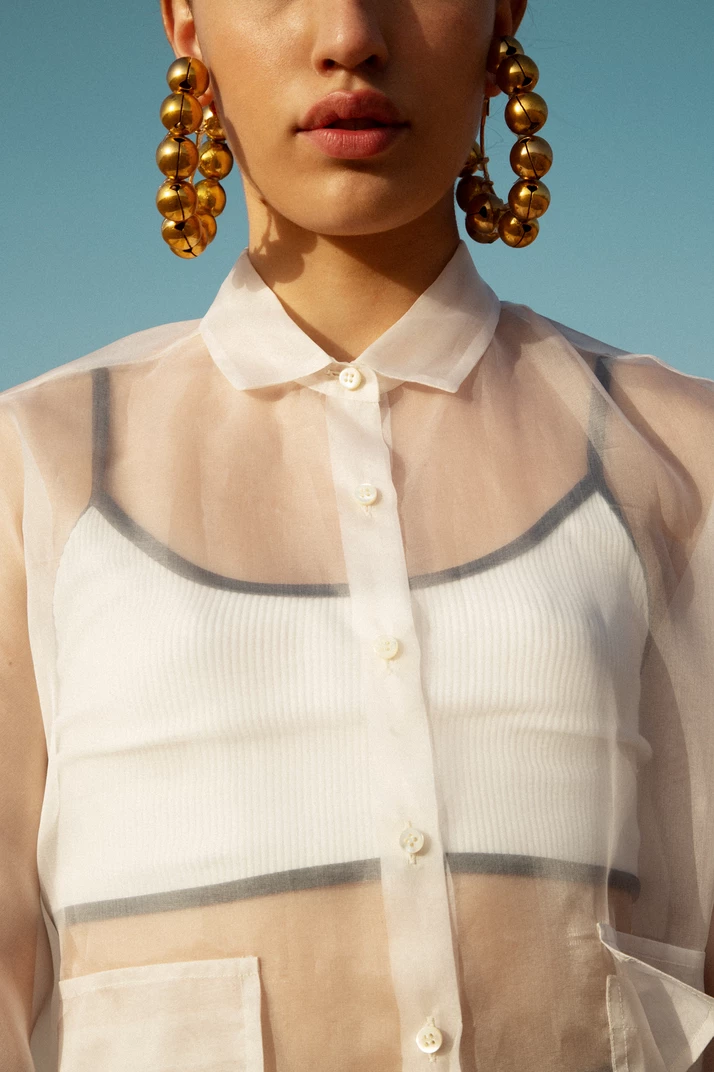Studiovertice is the hub of craftsmanship and design

Studiovertice is a project that was born and grew in Sardinia to become a meeting point where craftsmanship and design create unique stories and visions. For Calcúra, we interviewed Mauro Ballette, owner and designer of the brand, in his atelier/boutique located in Cagliari, in the streets of the Villanova district.
Tell us where you are from and how you started the Studiovertice project.
I’m from Oristano, I’m Sardinian, and I wanted to make Studiovertice project completely Sardinian. It was born here in Cagliari, but after almost 10 years of both professional and personal life in Milan, completely Sardinian. The project therefore derives from all those influences that I found outside the island, in the context of industry, in which I was trained.
Why did you decide to return to Sardinia and start the project here?
Returning to Sardinia was more a necessity than anything else. Your passions take you where they can take root, like for example in a city like Milan, which can offer you an education first and then job offers. But I felt I wasn’t in the right place and had to head home.


And why in Cagliari?
Settling back in Cagliari seemed almost like a forced choice. Cagliari is a city that moves and within it many people move, it is a port, an airport, the regional capital. So I tried to find a context similar to the one in which I grew up professionally, a place where people pass through and move around.
My idea of establishing a project in this context, both in reference to the city and the space of the shop, I also wanted it to tell a bit of history. In fact, the space that houses the Studiovertice boutique has not undergone any major changes because it has adapted perfectly to my idea of a studio. There is a display part dedicated to the sale of the products I make and the part that houses the more design-oriented side of my garments.
As luck would have it, there was a beautiful old door made of wood and glass that allowed me to separate the two parts but create a whole. So people can see the two parts as a whole and can watch how we make the garments.

Vertice, Studiovertice: what is the meaning of this name?
The idea of Studiovertice is to bring together in one concept the research and evolution of trends that bring new inspirations. These are accompanied by craftsmanship in the making of the garments, which are in limited quantities. It’s all about craftsmanship and therefore “Vertice” not as the highest point but as a meeting point in their creation of craftsmanship and the search for a trend. A trend which is not limited and which also partly breaks away from the idea of craftsmanship as something well-made but always the same.
I wanted to distance myself from the idea of craftsmanship as an exclusive attachment to Sardinia, which is very strong here and can be connoted with certain things. Instead, I wanted to associate it as a concept with something, with products, that a Sardinian doesn’t expect, placing it alongside the concept of craftsmanship.
Are you the only person who creates and sells the collections?
I take care of the design and the making itself as well as the prototypes and the final garments. I basically take care of everything because I’m the only person who works here. There are lots of friends who give me a hand as well as material support for many other things that are not on the side.
As for the communication of what I do, so photos and videos, that helps me to go beyond this physical space. Because the goal is to get outside: to do that you need all that content that then goes on social media and draws a line of what I’m trying to do here.


What kind of creative environment did you find in Sardinia?
Sardinia certainly gives you a lot of input. Here we have a very strong textile and craft tradition, but I think that what I make is influenced by the people who come into contact with me and the project. They, perhaps more than anything else, create the very inspiration for everything that comes out of Studiovertice. It is detrimental to work alone without anyone coming to disrupt your working and personal day order.
So maybe it’s more the people who influence you, rather than a tradition that’s part of you anyway… because you’re Sardinian, you live in Sardinia and I challenge anyone not to be affected by that. They are influences that don’t directly affect what I do, but they are there.
How did your latest collection come about and what is the thought behind it?
I continue to present them as collections but as time goes by you have to go further to follow a philosophy. As for the timing, I don’t align myself with what are seasonal collections. I would like there to be new clothes, new designs that do not faithfully respect seasonality. Each collection doesn’t disappear within six months of its creation but remains an introduction to the next one. They are collections that complement each other.
The urge this year was to give a summer feeling with shirting fabrics, which are usually used for men’s shirts, bringing them back to dresses, skirts, bralettes. Then there’s a capsule created in collaboration with Paulina Herrera Letelier. It was presented with my last collection, the first of many invasions by other designers like Paulina, who is also an architect and designer.
Inside this small capsule there are lots of discarded materials from craft weaving, materials used for testing. For us they become a beautiful thing because they are loom panels with attempts to insert wefts and warps that you would not traditionally do.
In fact, those who work on the carpets discarded them, whereas here we have incorporated them almost as the main feature of each garment. A number of pieces were derived, some simple and others more complex, until a print was constructed. These are panels made by a company that makes carpets, Mariantonia Urru.


And in the future? How will Studiovertice evolve?
For the moment, I let the future evolve as it is already doing. The goal was to create a meeting place where planners and designers share the same philosophy as me in order to realise projects together. This is happening, so one of the objectives has already been achieved, even if it is not a point of arrival but a beginning.
I would like it to continue in this way: Studiovertice should not only remain associated with itself but what is a possible collaboration with many other designers.
